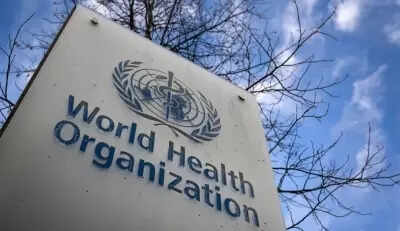- Industry
- 1 min read
‘Voluntary donations account for 88 per cent of WHO funding’
The WHO receives financial contributions in two main forms: assessed contributions (ACs) and voluntary contributions (VCs). The BMJ Global Health study says the ACs received from member states are fully flexible, meaning WHO can decidehow that money is spent.
The WHO receives financial contributions in two main forms: assessed contributions (ACs) and voluntary contributions (VCs). The BMJ Global Health study says the ACs received from member states are fully flexible, meaning WHO can decidehow that money is spent.
In contrast, VCs that WHO receives from member states and non-state actors from both profit and not-for-profit sectors are overwhelmingly earmarked, that is, they come with conditions that specify the programmes and projects that the donor will fund. According to the study, there has been no change across the decade in the ranking of VCs by donor type, with member states contributing the most, followed by philanthropies, other UN agencies.
“Though the contributions from philanthropies remained significant, they account for a declining percentage of the total VCs to WHO, falling from a high of 24 per cent in 2016 to 17 per cent in 2020. The private for-profit sector VCs to WHO have also steadily declined from a high of 3 per cent in 2016 to 1 per cent in 2020,” the study says. It adds that across the period 2010-11 to 2020-21, in terms of monetary value the USA has contributed the most VCs to WHO, followed by the Bill and Melinda Gates Foundation and the UK.



COMMENTS
All Comments
By commenting, you agree to the Prohibited Content Policy
PostBy commenting, you agree to the Prohibited Content Policy
PostFind this Comment Offensive?
Choose your reason below and click on the submit button. This will alert our moderators to take actions